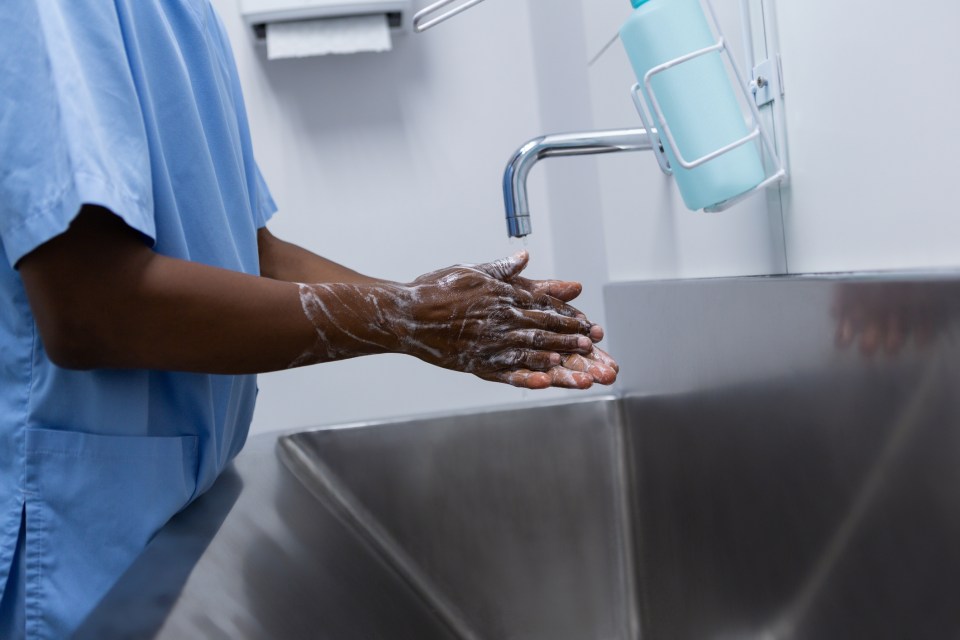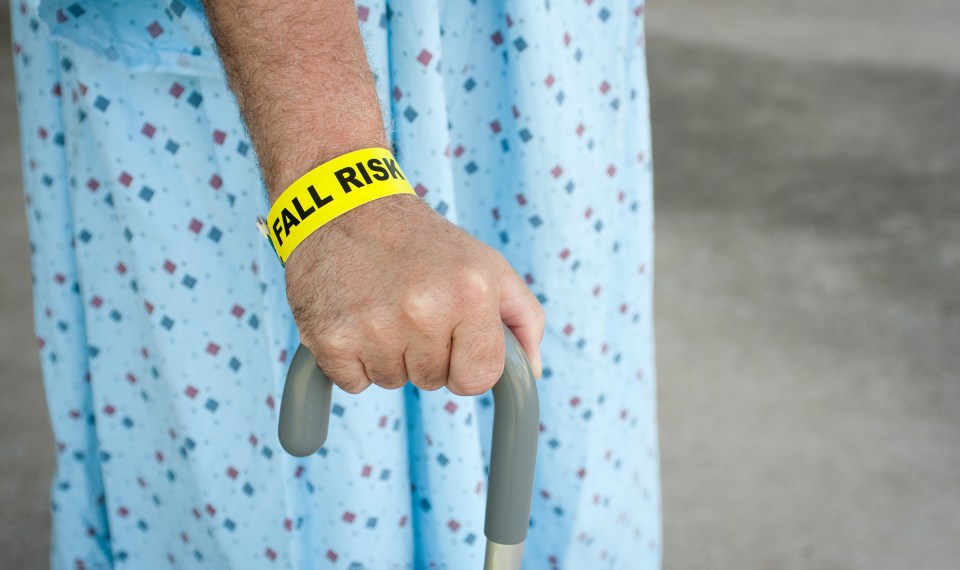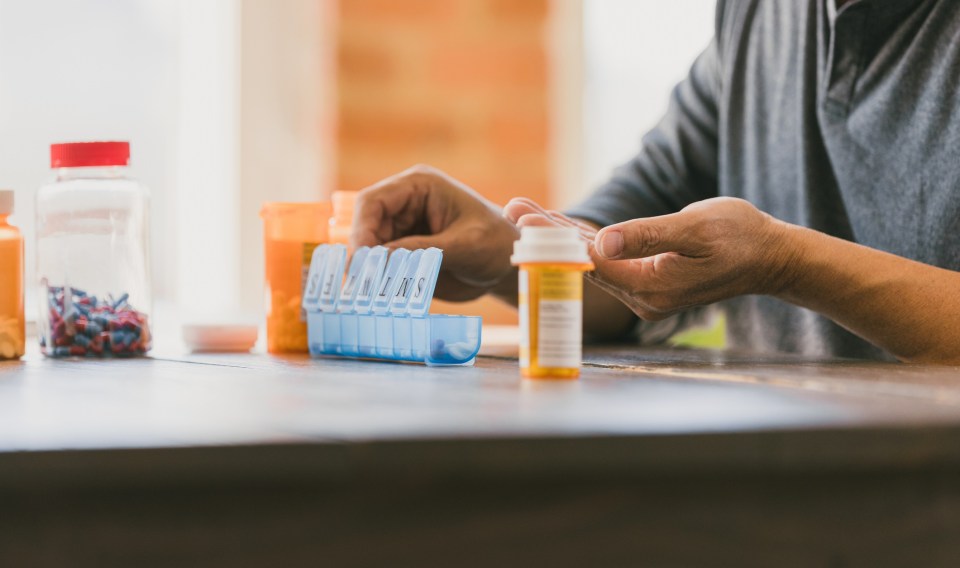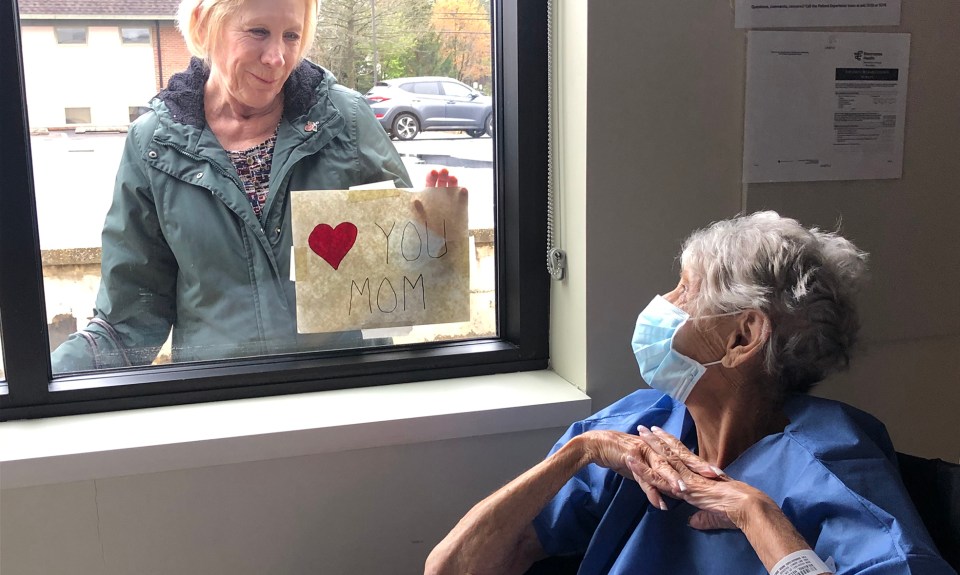A setting specific infection control model in inpatient rehabilitation should effectively control the spread of disease and improve outcomes and patient satisfaction
Infection is one of the leading causes of hospital readmissions, so proper infection prevention and control practices are crucial in all healthcare settings.
However, what those practices are depend highly on the setting of care. What works in the acute care hospital likely won’t cover all the needs of post-acute facilities, and even in post-acute care, those facilities vary from one another.
Take inpatient rehabilitation.
A variety of patients can benefit from inpatient rehabilitation—from receiving therapy in the proper environment with the proper equipment to socialization and preparation for reentering the community—but an infection can be a dramatic setback. With patients receiving therapy three hours a day, often in a gym alongside other patients, the spread of infection is elevated without proper precautions.
Thinking outside the room
Download a case study on what infection control looks like in the inpatient rehabilitation hospital setting
The need for a setting specific model
Historically, infection prevention and control practices were developed and intended for acute care hospitals, where a patient is typically confined to their room or other sterile environment, with little interaction with other patients.
Such practices in an inpatient rehabilitation hospital could derail a patient’s recovery, causing them to miss therapy and extend their stay or potentially increase their risk for a hospital readmission, all of which impact outcomes and patient satisfaction.
At Encompass Health, we wanted to ensure that when an infection was detected in a patient there was a protocol in place to not only contain and prevent the spread of the infection, but also to allow the patient to continue to receive therapy, if possible.
While there is precedent for adapting and modifying infection prevention and control practices in non-hospital healthcare settings in order to better serve the physical and psychosocial needs of patients, a setting-specific infection control model that is specifically intended for implementation in inpatient rehabilitation hospitals didn’t exist.
We set out to change that starting in 2010.
Building and implementing an inpatient rehabilitation model for infection control
An interdisciplinary task force developed a white paper that provided guidelines for addressing several emerging infectious disease issues. In 2014, that task force revised the white paper to reflect more current knowledge, and in 2017, the group developed a new evidence-based, highly effective and setting-specific infection prevention and control model for application in our inpatient rehabilitation facilities.
We identified the following objectives to achieve this:
- Review and analyze published literature on the structure and effectiveness of infection prevention and control isolation models currently in use in acute care hospitals and alternative healthcare settings
- Propose an evidence-based, setting-specific model for use in inpatient rehabilitation hospitals
- Propose methods for implementation for the inpatient rehabilitation-specific model
- Propose a plan for ensuring compliance and clinical quality by monitoring the effectiveness of the inpatient rehabilitation model
- Develop strategies and algorithms for addressing specific situations and challenges.
Today, all our hospitals have an infection control program that:
- Promotes patient safety
- Supports desired clinical outcomes
- Complies with all relevant rules and standards used by regulatory and quality oversight agencies
At Encompass Health we believe that ensuring the safety of our patients while maximizing their access to effective rehabilitation services best supports our mission of achieving excellent clinical outcomes and patient satisfaction. The ideal inpatient rehabilitation specific infection prevention and control model could be described as “more effective-less restrictive.”
It is a horizontal approach instead of a vertical, “one size fits all” model that responds primarily to patient histories or culture results. Our inpatient rehabilitation model is supported by an aggressive continuous quality improvement program and a greater degree of reliance on identifying and addressing clinical conditions in all patients who are known to facilitate the transmission of infectious diseases.
The content of this site is for informational purposes only and should not be taken as professional medical advice. Always seek the advice of your physician or other qualified healthcare provider with any questions you may have regarding any medical conditions or treatments.




